Hallo zusammen,
Als Einheimische ist es immer wieder Lohneswert, die Insel Rügen zu besuchen. Unsere Fototour führt uns aber zum nördlichem Teil von Rügen. Kap Arkona ist ein 43 Meter hoher Kreidelehmfelsen auf der Halbinsel Wittow nördlich von der Insel Rügen. Der höchste Punkt ist mit 46 Meter der Bug des sogenannten Jettenbülten, der als eine der Nordkaphalbinseln der Ostsee gilt. Kap Arkona ist ein Anziehungspunkt für zahlreiche Besucher und beherbergt viele Sehenswürdigkeiten, die einen Besuch lohnenswert machen.
As a local, it is always worthwhile to visit the island of Rügen. However, our photo tour takes us to the northern part of Rügen. Cape Arkona is a 43 meter high chalk cliff on the peninsula Wittow north of the island of Rügen. The highest point is with 46 meters the bow of the so-called Jettenbülten, which is considered one of the North Cape peninsulas of the Baltic Sea. Cape Arkona is a point of attraction for numerous visitors and houses many sights that make a visit worthwhile.
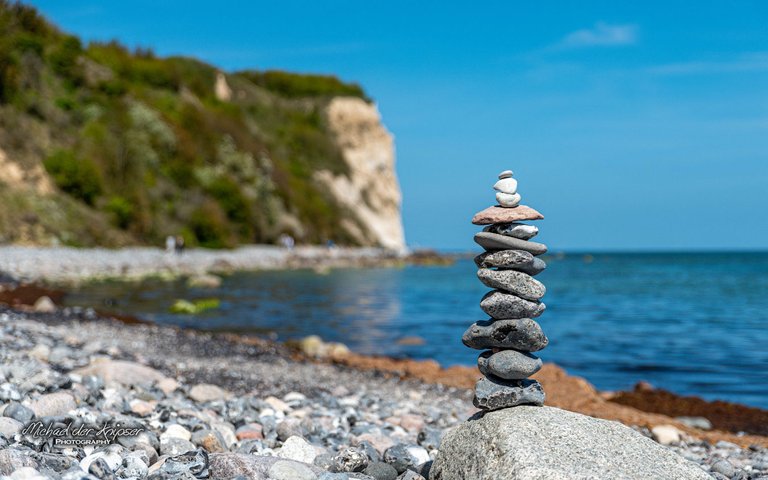
(58 mm; f/2.8; 1/2500 sek.; ISO 50)
Kamera: Nikon D750, Objektive: Tamron 24-70 mm
Die Kap Arkona Region ist eine Region mit einzigartiger Vegetation und Tierwelt. Alleine die Kreidefelsen sind ein wunderschöner Anblick und auch eins der beliebten Fotomotive. Das Ostseemilieu bietet ein wunderschönes Panorama mit verschiedenen Stränden, Dünen und Seen. Spektakulär ist auch die Vogelwelt, die in der Region lebt und die wunderschönen Klippen, die zu Wanderungen und Landausflügen einladen. Kap Arkona ist ein ökologisch wertvolles Landschaftsschutzgebiet und beherbergt viele offizielle und inoffizielle Biotope und Pflanzenarten.
The Cape Arkona region is a region with unique vegetation and wildlife. The chalk cliffs alone are a beautiful sight and also one of the popular photo motifs. The Baltic Sea environment offers a beautiful panorama with various beaches, dunes and lakes. Spectacular is also the bird life that lives in the region and the beautiful cliffs that invite to hikes and shore excursions. Cape Arkona is an ecologically valuable protected landscape area and is home to many official and unofficial biotopes and plant species.
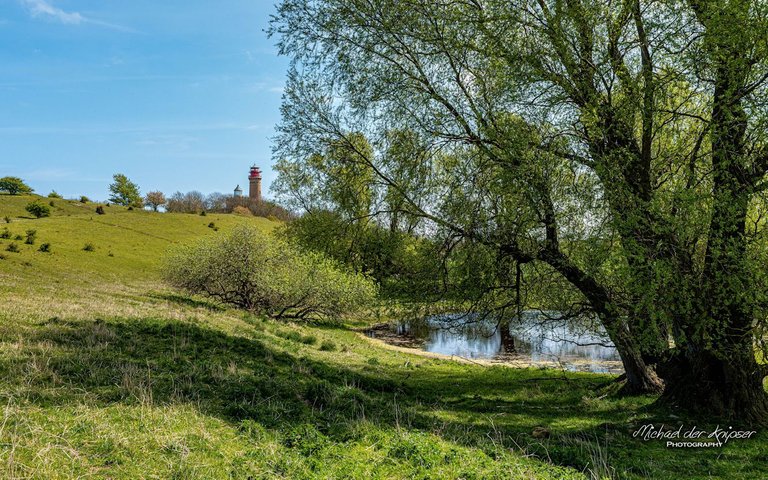
(34 mm; f/10; 1/80 sek.; ISO 50)
Kamera: Nikon D750, Objektive: Tamron 24-70 mm
Die zwei markanten Leuchttürme von Kap Arkona, einem vorgelagerten Kap auf der Insel Rügen in Mecklenburg-Vorpommern, werden vom Mecklenburgischen Ufer aus deutlich sichtbar. Der schlanke Weiße Turm (39 Meter) und der kompakte Rote Turm (23 Meter) wurden im 19. Jahrhundert erbaut und werden seitdem jeweils einzeln betrieben. Sie zeichnen sich durch die auffälligen Lichtsignale aus und orientierten einst im Meer fahrende Schiffe. Heutzutage dienen sie dem Tourismus und der Erhaltung eines Teils der Kulturgeschichte Mecklenburg-Vorpommerns. Viele Paare lassen es sich nicht nehmen, sich an den Leuchttürmen zu trauen und den Bund des Lebens einzugehen. Vor den Leuchttürmen sind dann auch Steinplatten eingelassen, mit den Namen und dem Datum der Trauung. Auch gibts es die Möglichkeit der Liebesschlösser mit eingravierten Namen.
The two distinctive lighthouses of Kap Arkona, an offshore cape on the island of Rügen in Mecklenburg-Vorpommern, are clearly visible from the Mecklenburg shore. The slender White Tower (39 meters) and the compact Red Tower (23 meters) were built in the 19th century and have each been operated individually since then. They are distinguished by the conspicuous light signals and once oriented ships sailing in the sea. Nowadays, they serve tourism and the preservation of part of the cultural history of Mecklenburg-Vorpommern. Many couples do not miss the opportunity to get married and tie the knot at the lighthouses. In front of the lighthouses there are stone plates with the names and the date of the wedding. There is also the possibility of love locks with engraved names.
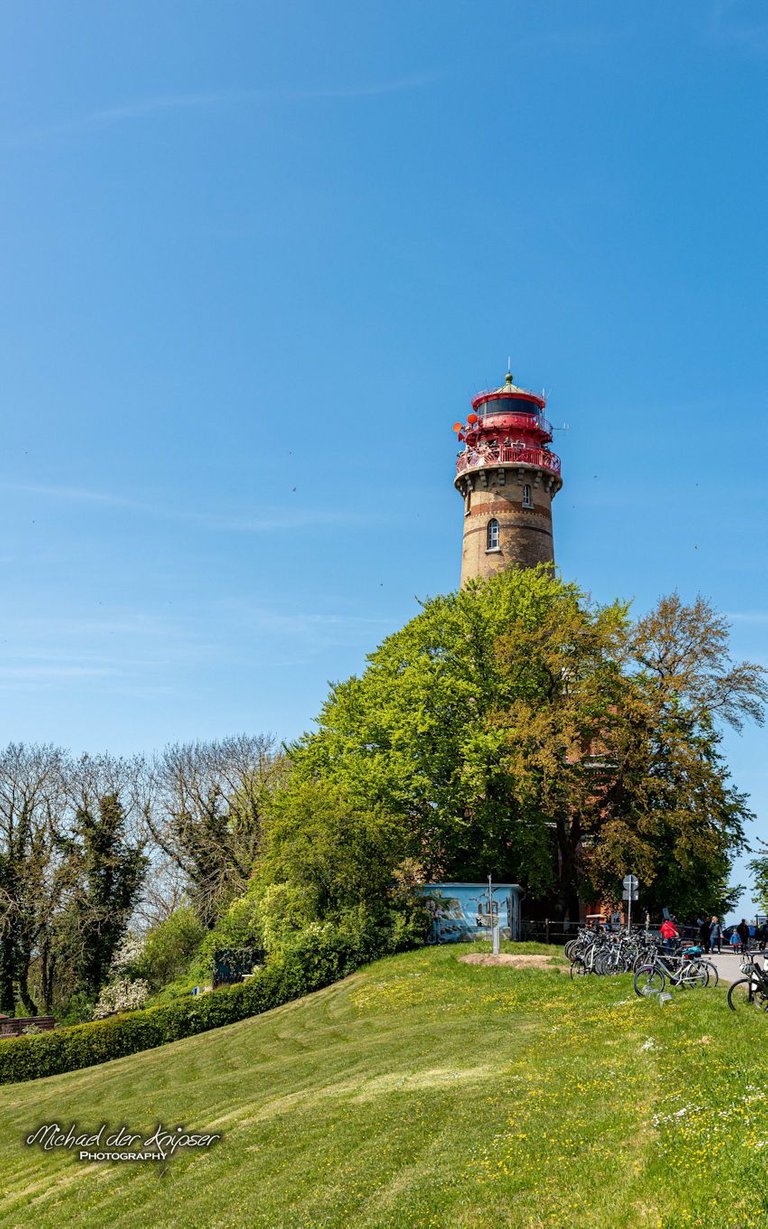
(36 mm; f/10; 1/125 sek.; ISO 50)
Kamera: Nikon D750, Objektive: Tamron 24-70 mm
Kap Arkona ist ein bedeutender touristischer Anziehungspunkt in Mecklenburg-Vorpommern und liegt an der Ostseeküste. Er besteht aus einem gut erhaltenen, befestigten Teil und ist von einem geschützten Wald insbesondere von Eichen und Kiefern umgeben. Die Steilküste am nördlichen Ende des Kap Arkona ist einer der schönsten Strände der Region, der besonders für seine gefährlich anmutenden Strömungen und Wellen bekannt ist. Dieser Strand erstreckt sich über mehrere Kilometer und bietet eine hervorragende Aussicht auf die Ostsee. Am Strand befinden sich auch einige der markanten Felsformationen, die für den Park so bekannt sind. Diese Felsen sind oft die Götter und Helden der alten Sagen, denen die Menschen früher viel Respekt und Anerkennung entgegengebracht haben. Der Strand ist auch ein exzellenter Ort für Ausflüge, und es gibt viele Möglichkeiten, aktiv zu sein. Die Wellen sind großartig zum Surfen und Sie können auch einfach die schöne Landschaft und die Ruhe genießen, die Kap Arkona und der nördliche Strand so besonders machen.
Cape Arkona is an important tourist attraction in Mecklenburg-Vorpommern and is located on the Baltic Sea coast. It consists of a well-preserved fortified part and is surrounded by a protected forest of oaks and pines in particular. The cliff at the northern end of Cape Arkona is one of the most beautiful beaches in the region, especially known for its dangerous-looking currents and waves. This beach stretches for several kilometers and offers an excellent view of the Baltic Sea. The beach is also home to some of the striking rock formations that the park is so famous for. These rocks are often the gods and heroes of the old sagas, to whom people used to give a lot of respect and recognition. The beach is also an excellent place for excursions, and there are many opportunities to be active. The waves are great for surfing and you can also just enjoy the beautiful scenery and tranquility that make Kap Arkona and the northern beach so special.
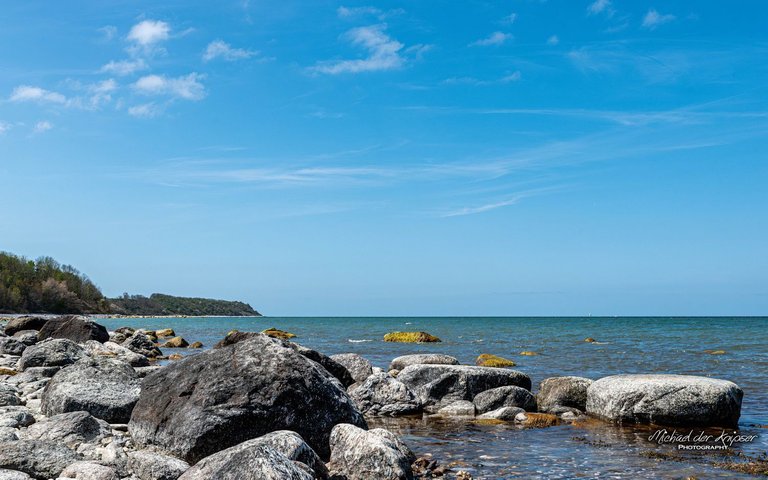
(42 mm; f/10; 1/160 sek.; ISO 50)
Kamera: Nikon D750, Objektive: Tamron 24-70 mm
Kap Arkona ist ein beliebter Ort zum Fotografieren in der malerischen Landschaft an der Nordküste der Ostseeinsel Rügen. Es besteht ein atemberaubender Ausblick auf die Ostsee und den Strand. Es gibt auch einen einzigartigen Lichtwechsel von Tag zu Nacht, da die Landschaft im Morgen- und Abendlicht besonders schön ist. In Kap Arkona gibt es auch viele Sehenswürdigkeiten wie den historischen Leuchtturm, die Inselkapelle und die Kreidefelsen, die ebenso gerne fotografiert werden.
Cape Arkona is a popular place for photography in the picturesque landscape on the north coast of the Baltic Sea island of Rügen. There is a breathtaking view of the Baltic Sea and the beach. There is also a unique light change from day to night, as the landscape is especially beautiful in the morning and evening light. In Cape Arkona there are also many sights such as the historic lighthouse, the island chapel and the chalk cliffs, which are just as popular to photograph.
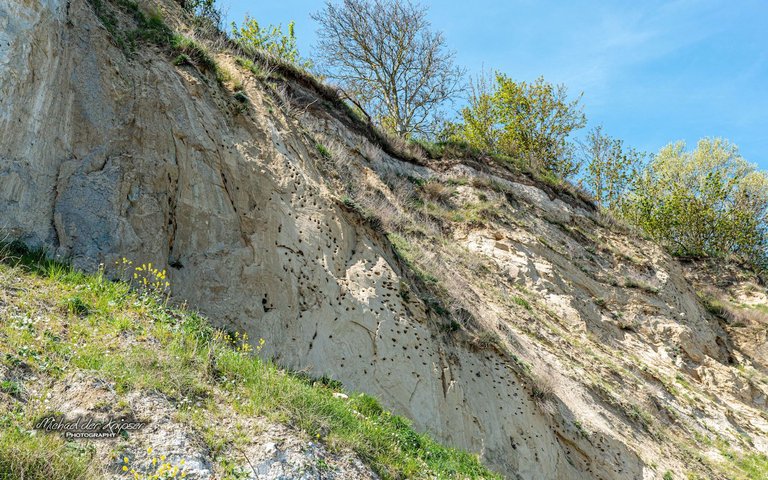
(42 mm; f/8; 1/80 sek.; ISO 50)
Kamera: Nikon D750, Objektive: Tamron 24-70 mm
Hier auf dem Foto kann man die Löcher gut sehen, dort nistet die Uferschwalbe. Uferschwalben sind sesshaft und machen sich zur Brutzeit im April auf den Weg in die Region. Am häufigsten sind sie in den Bruthabitate zu finden, die sie gerne aufwärts liegenden Felswänden finden, manchmal aber auch in Gebäuden. Dort brüten sie vor allem in Höhlen oder kleinen Mulden und bauen ihre Nester in den Felsnischen oder aus Lehm oder Gras. Die Eier werden von den Eltern bebrütet und die Jungvögel fliegen nach einigen Wochen aus. Vor allem in den warmen Monaten Juni und Juli werden die Klippen und Strände entlang der Nordküste Rügens deshalb von Uferschwalben bewohnt, und man kann sie dort in großen Gruppen beobachten und auch sehr gut fotografieren.
Here in the photo you can see the holes well, there nests the sand martin. Sand martins are sedentary and make their way to the region during the breeding season in April. They are most often found in breeding habitats, which they like to find upward lying rock faces, but sometimes they also nest in buildings. There they breed mainly in caves or small hollows, building their nests in the rock niches or from clay or grass. The eggs are incubated by the parents and the young birds fly out after a few weeks. Especially in the warm months of June and July, the cliffs and beaches along the north coast of Rügen are therefore inhabited by sand martins, and you can observe them there in large groups and also photograph them very well.
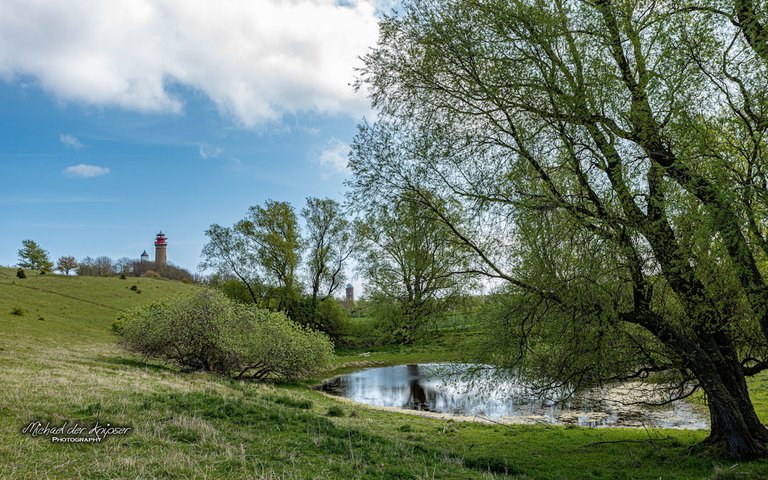
(34 mm; f/10; 1/100 sek.; ISO 50)
Kamera: Nikon D750, Objektive: Tamron 24-70 mm
Kap Arkona kann an einem Tag bequem ablaufen, um alles zu entdecken, doch als Hobbyfotograf braucht man doch etwas mehr Zeit, sodass wir gerne wieder kommen werden. Doch die Insel Rügen hat noch viel mehr zu bieten und diese war wirklich nur ein kleiner Teil der Insel. Wir selber erleben die Insel nicht nur als Hobbyfotografen, sondern auch als Fahrradfahrer und Motorradfahrer. Aber das sollte es von mir erstmal gewesen sein. Bis dahin wünsche ich euch noch einen wunderschönen Tag und vielleicht sieht man sich auf einer Fototour.
Cape Arkona can be comfortably walked in one day to discover everything, but as an amateur photographer you need a little more time, so we will gladly come again. But the island of Rügen has much more to offer and this was really only a small part of the island. We ourselves experience the island not only as hobby photographers, but also as cyclists and motorcyclists. But that should be it from me for now. Until then, I wish you a wonderful day and maybe see you on a photo tour.
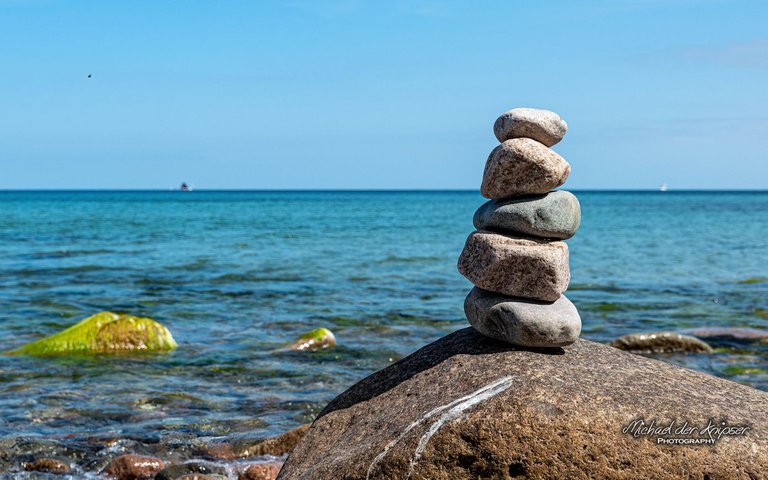
(52 mm; f/8; 1/320 sek.; ISO 50)
Kamera: Nikon D750, Objektive: Tamron 24-70 mm
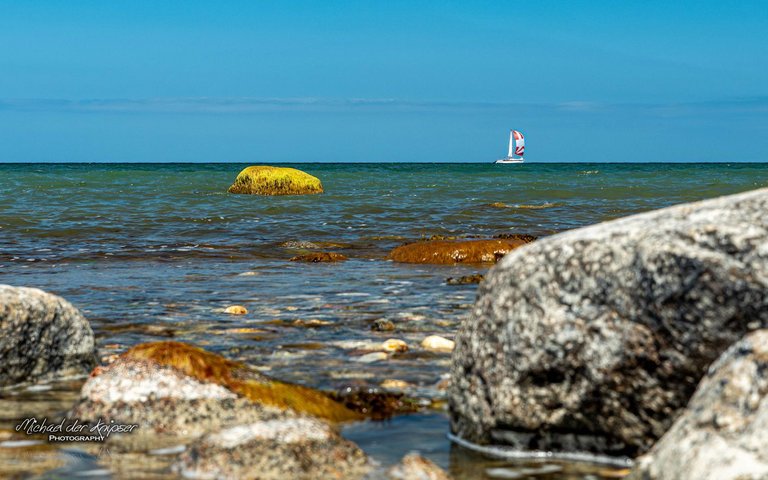
(70 mm; f/10; 1/100 sek.; ISO 50)
Kamera: Nikon D750, Objektive: Tamron 24-70 mm
Euer
Hornet on Tour

Instagram: https://www.instagram.com/hornet_on_tour/
Twitter: https://twitter.com/OnHornet
Photo: Hornet on Tour (Michael der Knipser)
Translated with www.DeepL.com/Translator (free version)
lg !PGM , !LOL mit etwas !hiqvote 🤠
BUY AND STAKE THE PGM TO SEND A LOT OF TOKENS!
The tokens that the command sends are: 0.1 PGM-0.1 LVL-0.1 THGAMING-0.05 DEC-15 SBT-1 STARBITS-[0.00000001 BTC (SWAP.BTC) only if you have 2500 PGM in stake or more ]
5000 PGM IN STAKE = 2x rewards!
Discord
Support the curation account @ pgm-curator with a delegation 10 HP - 50 HP - 100 HP - 500 HP - 1000 HP
Get potential votes from @ pgm-curator by paying in PGM, here is a guide
I'm a bot, if you want a hand ask @ zottone444
Sieht richtig schön aus dort! Und Uferschwalben kannte ich vorher auch nicht! 🙏
Viele Besucher oder auch Urlauber, fragten sich auch woher kommen die Löcher in der Wand. Wenn wir dann sagen das es Nistplätze von Schwalben sind schauen die uns auch sehr komisch an. :D
Voll interessant! 🙏🙏🙏
Congratulations, your post has been upvoted by @dsc-r2cornell, which is the curating account for @R2cornell's Discord Community.
Enhorabuena, su "post" ha sido "up-voted" por @dsc-r2cornell, que es la "cuenta curating" de la Comunidad de la Discordia de @R2cornell.
Thanks
@reiseamateur, the HiQ Smart Bot has recognized your request (3/5) and will start the voting trail.
In addition, @hornet-on-tour gets !PIZZA from @hiq.redaktion.
For further questions, check out https://hiq-hive.com or join our Discord. And don't forget to vote HiQs fucking Witness! 😻
Das sind wirklich tolle Aufnahmen :) Bin zwar Team Canon aber die Nikon macht wirklich sehr tolle Bilder